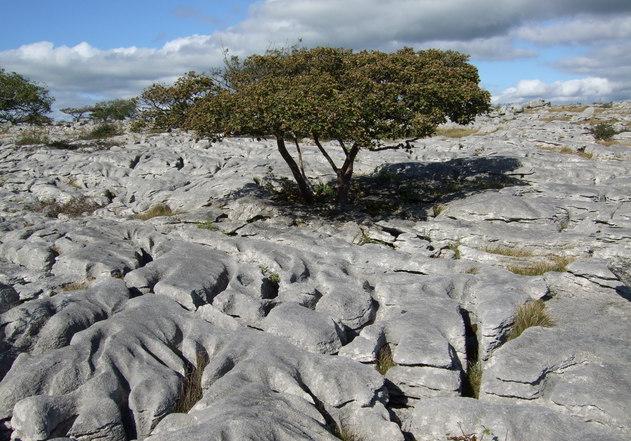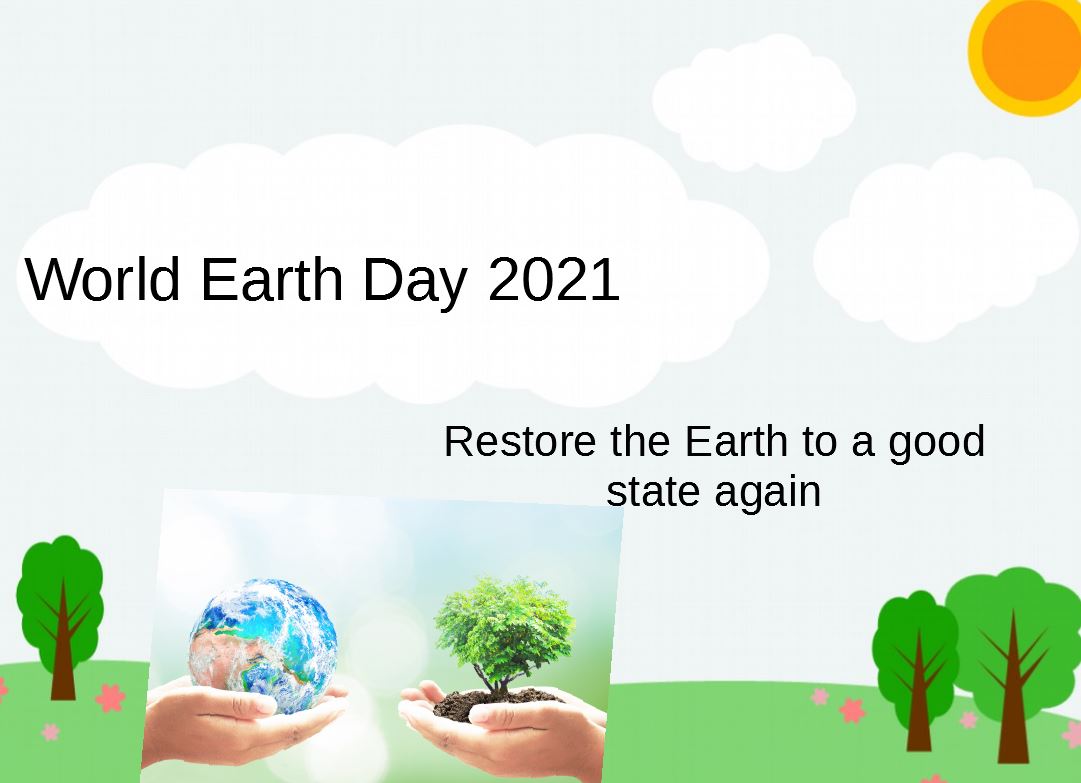Updated By: LatestGKGS Desk
Chemical Weathering: definition, types, and mechanism

Definition of chemical weathering and procedure
Chemical weathering is the weakening and subsequent disintegration of rock by chemical reactions.
The following are 5 processes of chemical weathering
- Hydrolysis, this is a chemical breakdown of substance when combined with water. Therefore hydrolysis breaks down of rock due to the reaction between rock and water. The most common example of hydrolysis is feldspar which can be found in granite changing to the clay. When it rains water seeps down into the ground and come into contact with granite rock. The feldspar crystals within the granite react with the water and are chemically altered to form clay minerals which weaken the rock.
- Oxidation, this is weakening of the rock due to its reaction with oxygen. The oxidation is the process which causes rust. It occurs when oxygen in water reacts with the mineral iron in rocks, which cause them to rust. Oxidation is effective in presence of moisture. Example of oxidation is when the ferrous oxide is oxidized to ferric oxide which is reddish brown in color.
- Carbonation, this is mixing of water with carbon dioxide to form carbonic acid. It occurs in limestone and chalk regions where the weak carbonic acid reacts with limestone or chalk to form calcium hydrogen carbonate which dissolves in water. The process of carbonation is responsible for the formation of surface and subterranean limestone features in a karst region.
- Hydration is the absorption of water in the mineral structure. A good example of hydration is the absorption by anhydrate resulting into formation of gypsum. Hydration expands volume and also results in rock deformation.
- Dehydration, this is the removal of water from rock or mineral structure. A good example of dehydration is the removal of water from limonite, resulting in the formation of hematite.


